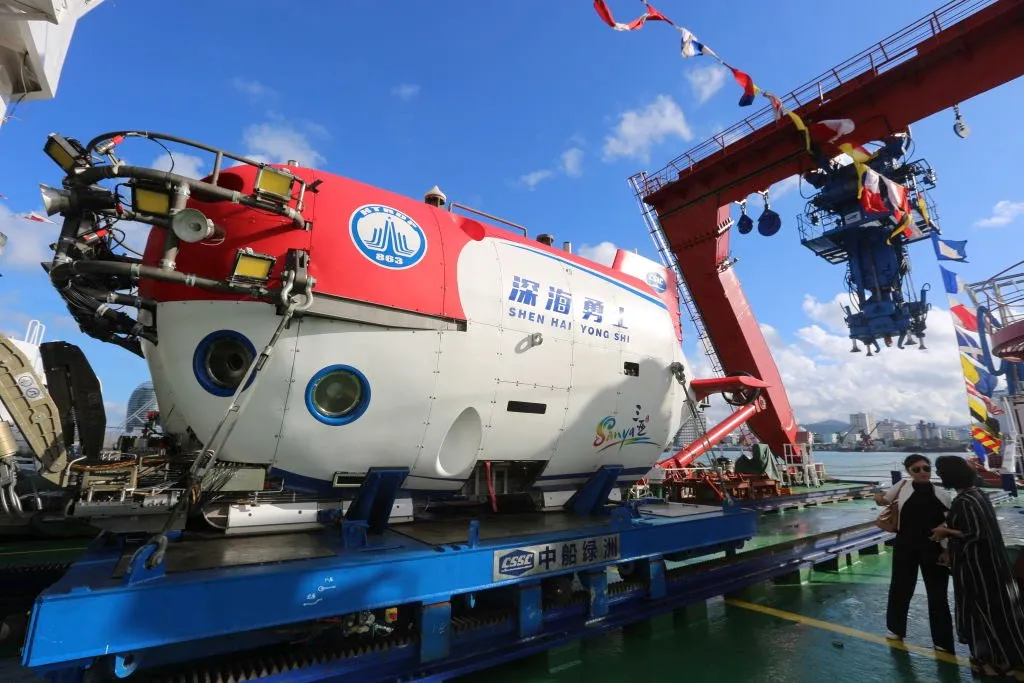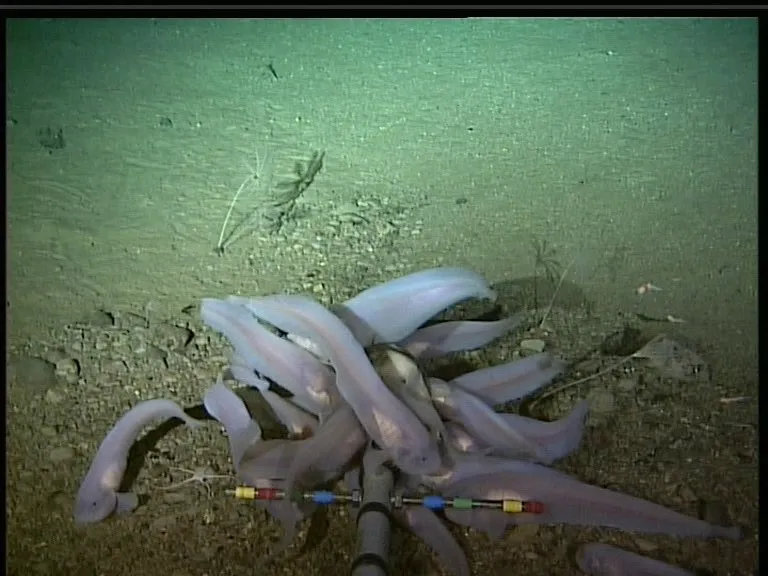Human-derived mercury is a serious threat to the marine world, and now it seems to have infiltrated into the deepest, remotest parts of the ocean.
While mercury is a naturally occurring element that can be introduced to the environment through volcanic eruptions and forest fires, human-derived mercury from industrial activity, incineration, mining and energy generation boosts the amount of airborne mercury, which eventually finds its way into the rivers and oceans.
It then works its way through the food chain, accumulating in marine animals, with larger predators like swordfish and sharks containing particularly high quantities.
Mercury is toxic to humans and other animals, and can lead to birth defects and neurological problems.

Now, two independent teams of scientists have found a toxic form of mercury, methylmercury, present in fish and crustaceans captured in some of the deepest ocean trenches, including the 11,000-metre-deep Mariana Trench.
“This is a surprise,” said researcher Dr Ruoyu Sun, from Tianjin University, China. “Previous research had concluded that methylmercury was mostly produced in the top few hundred metres of the ocean.
"This would have limited mercury bioaccumulation by ensuring that fish which forage deeper than this would have had limited opportunity to ingest the methylmercury. With this work, we now believe that isn’t true.”

The researchers concluded that the particular form of mercury found within the creatures was not produced naturally in the deep-sea environment, and much of it is likely to have come from human activity.
“We know that this mercury is deposited from the atmosphere to the surface ocean and is then transported to the deep ocean in the sinking carcasses of fish and marine mammals, as well as in small particles,” said Dr Joel Blum, from the University of Michigan.
This research has demonstrated the far-reaching impact that human activity can have on even the remotest environments, and will lead to greater understanding about how mercury affects the marine world.
Read more:
- Microplastic pollution threatens hermit crab populations
- BP oil spill: 'invisible' pollution spread even further than believed
- Drowning in plastic: can we solve the marine pollution problem?
What animals live at the bottom of the Mariana Trench?
Asked by: Claire Marshall, Reading
When Don Walsh and Jacques Piccard made the first expedition to the bottom in 1960, they reported seeing a flatfish but they didn’t take photographs, and other marine biologists now think this was probably a sea cucumber.
No other survey has found fish deeper than 8,145m and the Mariana Trench reaches down to almost 11km. But there are shrimp-like amphipods the size of rabbits living there, and strange saucer-sized animals, called Xenophyophores. These look like coral but are actually a single cell with multiple nuclei, that feeds like an amoeba, by engulfing small particles of ocean debris.
Read more:
